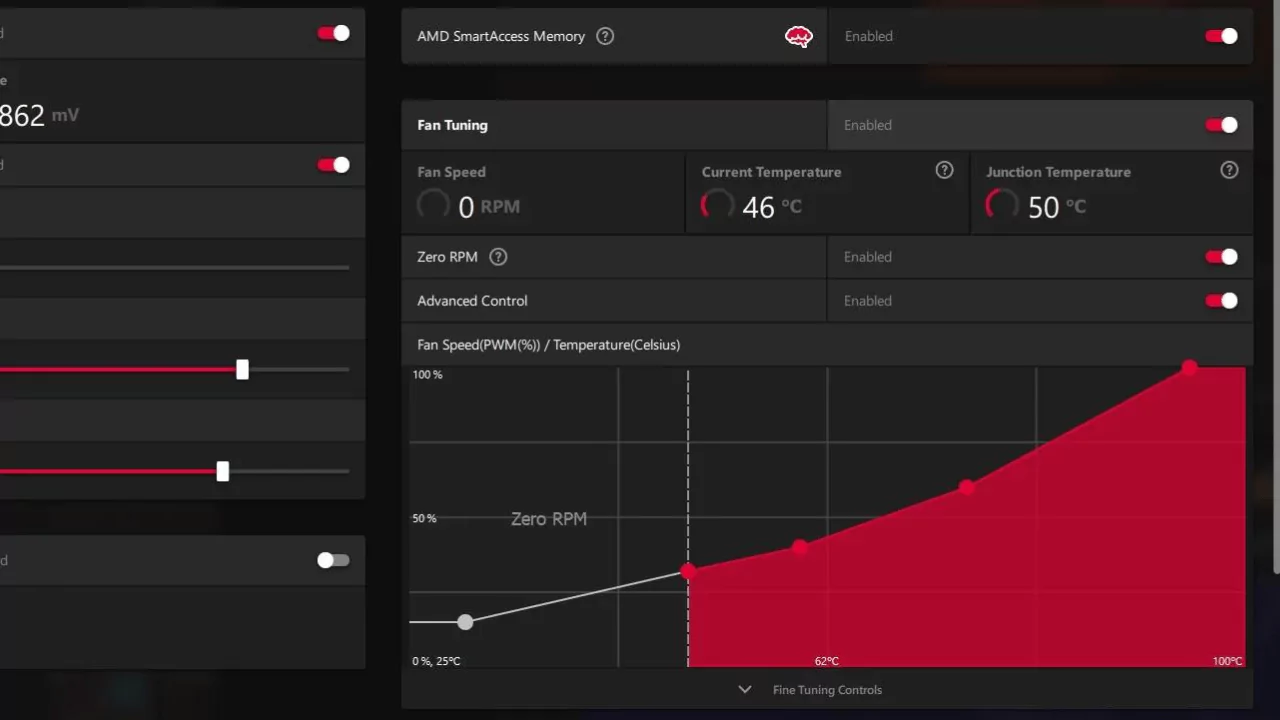The maximum operating temperature for the junction (hot spot) of a GPU, such as the 6700 XT, is 110°C. Beyond this threshold, the GPU will initiate throttling to maintain temperatures at or below 110°C. Typically, the junction temperature is around 10-15°C hotter than the GPU temperature during heavy use. While temperatures above 90°C might seem concerning, they are considered safe as long as they remain below the 110°C mark.
Understanding GPU Junction Temperature
What is Junction Temperature?
Junction temperature refers to the hottest point on the GPU chip, typically located in the core. It’s different from the GPU temperature you might see in monitoring software, which usually refers to the temperature of the GPU die or the surrounding components. Junction temperature is a more accurate indicator of the actual heat generated by the GPU during operation.
Why is Monitoring Junction Temperature Important?
Monitoring junction temperature is crucial for several reasons:
- P Thermal throttling occurs when the GPU automatically decreases performance to avoid overheating, which can happen when temperatures are high. Stuttering and reduced frame rates can be the outcome.
- L Prolonged exposure to high temperatures can shorten the lifespan of your GPU. Keeping the junction temperature within safe limits helps ensure its longevity.
- S Overheating can cause system instability, leading to crashes and unexpected shutdowns.
Typical Junction Temperature Limits for GPUs
For the RX 6700 XT, AMD specifies a maximum operating temperature of 110°C for the junction. However, it’s ideal to keep it below 90°C for optimal performance and lifespan.
Causes of High Junction Temperatures in RX 6700 XT
Several factors can contribute to high junction temperatures in the RX 6700 XT:
- O Pushing the GPU beyond its stock settings generates more heat, leading to higher temperatures.
- I The stock cooler might not be sufficient to cool the GPU effectively, especially under heavy workloads or in poorly ventilated cases.
- P Insufficient airflow within the computer case can trap heat, leading to increased GPU temperatures.
Managing High Junction Temperatures
Here are some ways to manage high junction temperatures in your RX 6700 XT:
- A Increase the fan speed of your GPU cooler to improve heat dissipation. You can do this manually or use software that automatically adjusts fan curves based on temperature.
- I Ensure your computer case has adequate airflow by adding more fans or optimizing their placement. Cleaning dust filters regularly also helps improve airflow.
- A Replacing the stock thermal paste with a high-quality alternative can improve heat transfer from the GPU to the cooler, resulting in lower temperatures.
- L If you’re overclocking your GPU, consider reducing the overclock or reverting to stock settings to decrease heat generation.
By following these tips, you can effectively manage your RX 6700 XT’s junction temperature and ensure optimal performance and longevity for your graphics card. Remember, keeping your GPU cool is essential for a smooth and enjoyable gaming experience.







